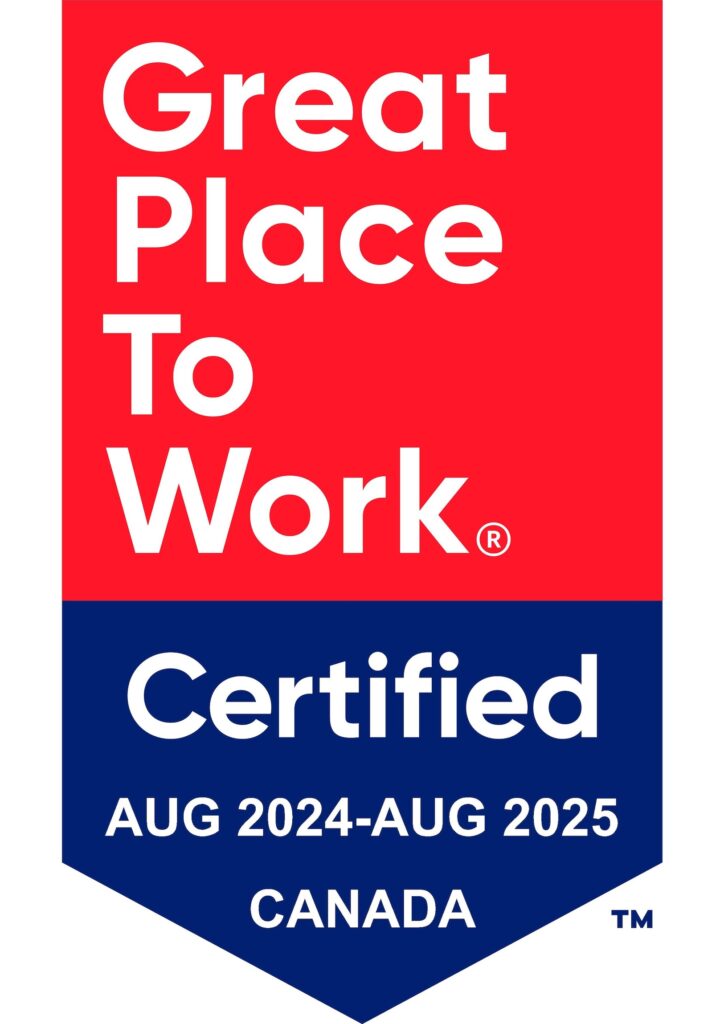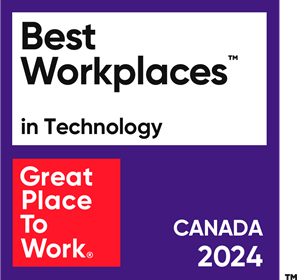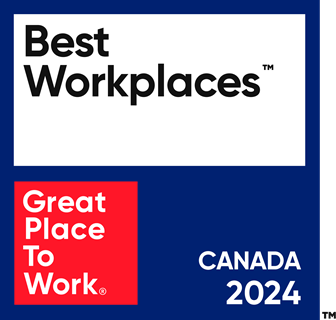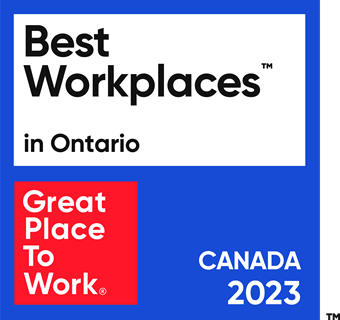With the support and sponsorship of UiPath, Greenlight Consulting hosted a virtual healthcare hackathon: GLackathon 2021. We had 9 schools, 26 teams, and 65 participants.
“The goal of the hackathon was to bring together Healthcare institutions, industry-leading RPA technology, and Canadian students to solve a real meaningful problem with speed, then to provide that solution at no cost to help ease the burden on the healthcare system. As society looks at how automation technology can fuel efficiency, productivity, and bolster capacity across the workforce, we continue to look for ways we can work together to utilize the technology for the public good.” – Shameiz Hemani, CEO of Greenlight Consulting
The Hackathon’s Problem Statements and Winning Categories
We decided that our problem statements needed to focus on an industry that would benefit most from Robotic Process Automation (RPA) right now: we chose healthcare.
University Health Network Problem Statement
With the ongoing strain on the healthcare system, Greenlight decided to partner with a Canadian healthcare provider. We partnered with University Health Network (UHN) to develop a problem statement that focused on solving real-world problems: social distancing and flow in clinics. Checking in patients involves tasks that are extremely time-consuming and tedious for staff. For patients, the waiting experience lacks visibility as to how long you’ll wait to be seen. The task was to create a solution that would improve both the overall check-in process and patient visibility to the waiting queue.
“Designing efficient ways to provide care is more critical than it’s ever been. We have so many opportunities in healthcare to automate and eliminate non-value-add steps and get administrative processes out of the way enabling the care providers to focus on what’s most important—the patient.” – Michael Caesar, Executive Director of Data & Implementation Science, UHN
Create Your Own Problem Statement
We also created a category for those who wanted to create a solution to a healthcare issue that was not presented in the UHN problem statement. We provided a few sample problem statements for inspiration, but (unsurprisingly) there was overwhelming interest in the UHN problem statement. Every team was competing for the Top UHN Solution!
Most Innovative Solution
The third and final category that participants could win a prize for (until we began judging), was the Most Innovative Solution. This category took a look at the solutions and weighed how different the solution was from what you’d expect based on norms, and how much impact potential it had.
Three Weeks Into The Hackathon, It’s Already Time To Judge
After three weeks, we had our final submissions ready to judge. Greenlight welcomed five judges from University Health Network, The Hospital for Sick Children, University of Toronto, and our sponsor, UiPath—in addition to three judges from Greenlight. We had the pleasure of judging alongside Michael Caesar, Nimira Dhalwani, Paul Gries, Sean Hinton, and Nafis Keshwani. With the judging now in progress, we were surprised that one team had excelled in two categories, therefore, winning both the Top UHN Solution and the Top Overall Solution. We also felt as though one team, notably, a one-man team, deserved recognition for his remarkable solution, therefore, we created a last-minute category to honour him.
The Winners of the Hackathon
With 26 teams to begin, we narrowed it down to 3 winning teams; 6ix Health, JARS, and Parth.
Top UHN Solution and Top Overall Solution
6ix Health created a solution involving an iPad and an attended robot named 6ix Bot.
How It Works
When a patient enters a clinic, they’re given an iPad. This iPad is used to scan the patient’s health card, then their patient information is instantly uploaded into the clinic’s Electronic Patient Record (EPR) system by the attended robot.
Once the patient has scanned their card, the robot updates the patient’s arrival status on the clinic’s whiteboard.
A unique feature: The patient has the option to register for SMS updates regarding their wait time. The bot will generate these SMS updates every 15 minutes using information from the whiteboard.
Once the patient has completed the check-in process on the iPad, the robot will calculate the estimated wait time using the information on the whiteboard, and display it on the patient’s phone. It will also update the patient’s wait time on the whiteboard.
Once the patient has completed their visit, the physician will close their file in the EPR. This will trigger the robot to update the status of the patient on the whiteboard and remove them from it.
Most Innovative Solution
JARS created an online appointment booking system, allowing patients to book appointments from home, check wait times, and for clerical staff to manage tasks and paperwork digitally.
How It Works
This solution uses two robots—one attended robot and one unattended robot. The attended robot would be used by the clerical staff in the clinic with the help of a user interface. An unattended bot would be performing the tasks in the background and in parallel.
The user interface allows clerical staff to open their EPR system, book appointments, send email updates to patients, and activate patient profiles. The system allows patients to complete all necessary forms from home, therefore, limiting the potential spread of COVID-19.
Here are two ways that the booking system can be used by the clerical staff:
When the clerical staff want to send email updates to patients, an attended bot will create a queue item, and once an unattended bot is available, it will read the queued item, send the email to the patient, read any completed forms that were sent back by the patient (ensuring the information is correct), and will update the EPR with the complete form details.
Another process: When the clerical staff receives an email, such as a Patient Referral form, an attended bot will do three tasks: pick up the email, pull the data from the referral form, and create a queue item. Once an unattended bot is available, the bot will read the queued item, create an excel file with the data, attach the excel file to an email, and send it to the clerical staff each day. Once the clerical staff have received the email, the clerical staff can then call the patient mentioned in the excel file to follow up on their referral.
Honourable Mention
Last but not least, Parth! He created a master database with three robots.
How It Works
Robot #1 was used to alert clerical staff of patients checking in. This robot uses optical character recognition (OCR) to scan the patient’s health card, then alerts the clerical staff that there is a patient waiting. The clerical staff receive a notification asking whether the health card data retrieved is readable. If not, the robot will rescan the health card.
Robot #2 was used for COVID-19 Screening and Returning Patients. This robot explains to the patient that they need to scan their health card, and then asks the patient a series of COVID-19 Screening questions using Text-to-Speech. It also collects all of the returning patient’s contact information into the master database so that there is no human-to-human contact during this step.
Robot #3 was used to register new patients. This robot will ask the patient a series of questions regarding becoming a new patient. This robot saves clerical staff time, as it is completed electronically by the patient. The staff no longer need to enter the patient’s data into their system, as it’s done automatically.
The Hackathon Created Connections
We are very thankful to have connected with post-secondary institutions like George Brown College. Tyler Krimmel, a Professor from the School of Computer Technology at George Brown College, connected us with his post-graduate students. These students have been honing their RPA skills through specialized programs, such as the Information System Business Analysis post-graduate certificate and RPA Micro-Certificate program.
“We are excited to introduce Robotic Process Automation to our learners and the wider community. As an academic institution focused on applied, hands-on learning, George Brown College partnered with UiPath to allow learners to pursue this critically in-demand skill-set that bridges process automation and analysis and RPA development. In a very short period of time, we have seen that these skills have given our graduates a distinctive advantage when competing in the job market.” – Tyler Krimmel, Professor, School of Computer Technology, George Brown College
Something we noticed: There is a consensus between educational organizations and private organizations – the demand is there for technological skills.
“We’re hearing loud and clear that executives want all employees to have automation and AI skills, and that employees, in turn, demand training to be successful with these emerging technologies. As we continue to work in automation-led work environments, it’s absolutely crucial for all employees to have access to automation and AI education. We’re proud to partner with Greenlight on this initiative and congratulate the winning teams on their innovative submissions.” – Sean Hinton, Vice President and General Manager, UiPath Canada
In addition to George Brown College, we had students participate from 8 other post-secondary institutions: University of Toronto, University of Waterloo, Western University, Wilfrid Laurier University, University of Guelph-Humber, McMaster University, Simon Fraser University, and The University of British Columbia.
What Did We Learn From Our First Hackathon?
So much!
So much that we know our “Lessons Learned” meeting is most definitely going to be longer than the allotted hour, but we found it so well worth it. Shameiz Hemani said it well—“with the time, money, and effort put into this event, it paid off and then some”. During the hackathon, we were able to connect with talented young individuals, provide valuable tools to healthcare organizations, and solidify existing technology partnerships.
It went better than we could have ever imagined.
“We had a hypothesis when we were planning the hackathon: we could bring together Healthcare providers, Technology Partners, & Citizens to create a construct to solve meaningful problems that impact us all. What we discovered was that not only is this possible, but all the participants found immense value in the approach. Healthcare providers discovered ways to interact and bring new processes to enhance the patient experience. Students and Citizens took their education and applied it to real-world problems. Technology companies saw their products stretched and utilized in new and inventive ways. As society looks at how automation technology impacts the workforce, we continue to look for ways we can work together to utilize the technology for good.” – Shameiz Hemani, CEO of Greenlight Consulting
Want to know more? Read our press release.









